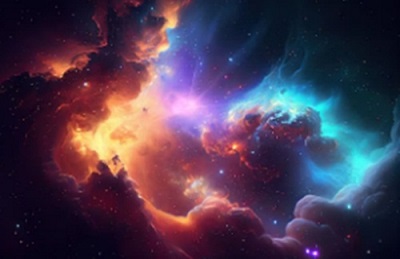New York, (Asian independent) Scientists have discovered significant amounts of metals in aerosols in the atmosphere, likely from increasingly frequent launches and returns of spacecraft and satellites
The mass of metal in the stratosphere — the second layer of the atmosphere of Earth — is changing atmospheric chemistry in ways that may impact the Earth’s atmosphere and ozone layer, they revealed in a paper published in the Proceedings of the National Academy of Sciences.
As part of NASA’s Airborne Science Programme, a team at Purdue University flew a WB-57 aeroplane to sample the atmosphere 19 km above the ground in Alaska, where circumpolar clouds tend to form.
Similar measurements were made from an ER-2 aircraft over the continental US.
Both groups use instruments hitched to the nose cone to ensure that only the freshest, most undisturbed air is sampled. The team detected more than 20 elements in ratios that mirror those used in spacecraft alloys.
They found that the mass of lithium, aluminium, copper and lead from spacecraft reentry far exceeded those metals found in natural cosmic dust.
Nearly 10 per cent of large sulphuric acid particles — the particles that help protect and buffer the ozone layer — contained aluminium and other spacecraft metals.
“We are finding this human-made material in what we consider a pristine area of the atmosphere,” said Dan Cziczo, Professor at Purdue University’s College of Science.
“And if something is changing in the stratosphere — this stable region of the atmosphere — that deserves a closer look,” he added.
Scientists estimate that as many as 50,000 more satellites may reach orbit by 2030.
The team calculates that means that, in the next few decades, up to half of stratospheric sulphuric acid particles would contain metals from reentry.
Owing to increasing innovation and lack of strict regulation means that dozens of countries and corporations are able to launch satellites and spacecraft into orbit.
All those satellites have to be sent up on rockets, which leave behind them a trail of metals that may change the atmosphere in ways scientists don’t yet understand.
“Just to get things into orbit, you need all this fuel and a huge body to support the payload,” Cziczo said.
“There are so many rockets going up and coming back and so many satellites falling back through the atmosphere that it’s starting to show up in the stratosphere as these aerosol particles.”








